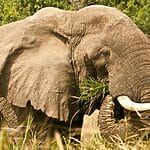The world of lions is no longer as simple as it once was. The classification of lions was changed in 2017 and this effectively declassified some existing lion subspecies.
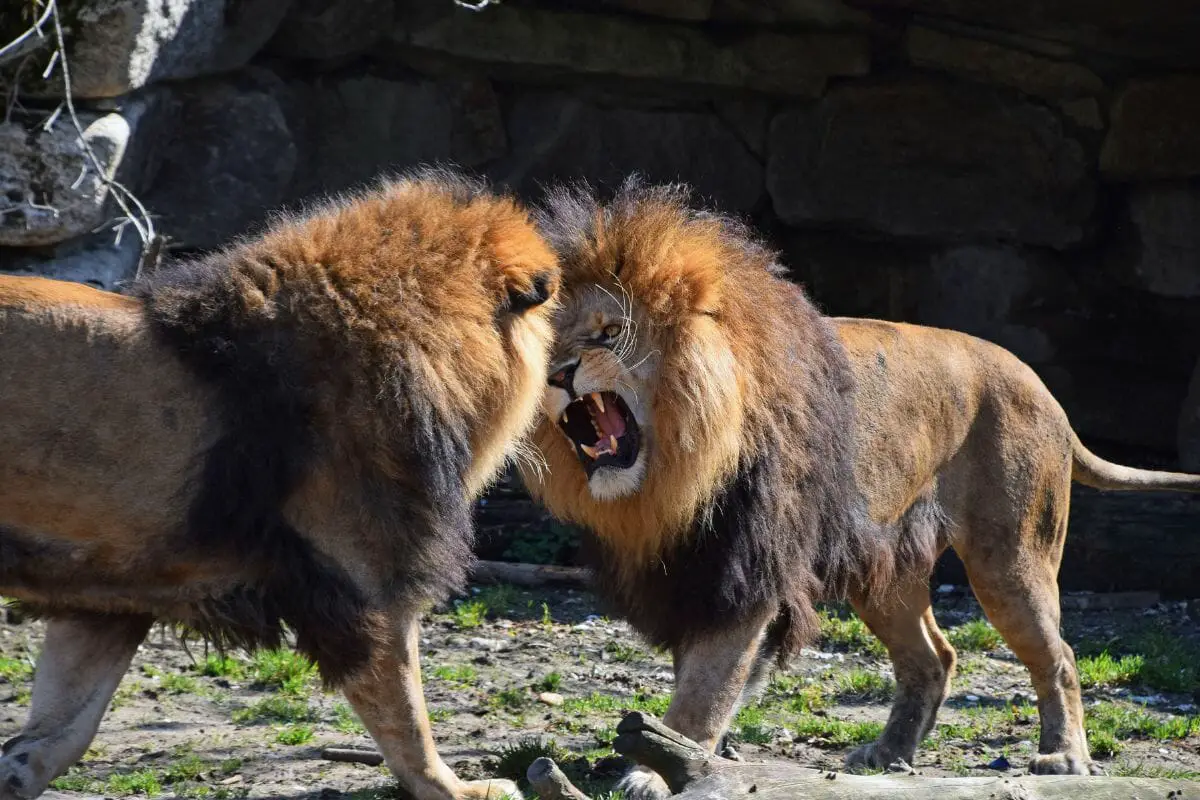
Defining a species of lion based on the continent where lions live or their physical look is no longer applicable.
So how do we know how many types of lions there are in the world? Continue reading to uncover the different types of lions in the world.
How Many Types Of Lion Are There?
The reclassification of lion species resulted in the emergence of just two categories: Panthera leo leo and Panthera leo melanochaita.
The former is commonly known as the Northern lion species, and the latter is termed the Southern lion species.
These species of lion are classified based on their genetic lineage, tracing back to regions where lions live such as Africa and Asia.
The lion population that constitutes the Northern lions includes those living in North, Central and West African countries, as well as Asia.
The Southern lion species refers to the lion population inhabiting regions across South, Southeast, and East Africa.
The dividing line between these two types of lion is around Sudan and Ethiopia.
Lion Subspecies
Previous subspecies of lion were determined by physical characteristics such as mane and skin color.
The new taxonomy of lions has removed some of the previously most well known types of lion as independent subspecies.
Species that are no longer considered separate subspecies include the Barbary lion, the Cape lion, and the extinct lion, the Asiatic lion.
In terms of geographical location the two most often referred to types of lions are the African and Asian, but we have seen that this is not based on the scientific classification.
Despite the fact that lions from Asia and Africa are now termed Northern lions and believed to belong to the same genetic line, there are many significant differences among this lion species.
Common Characteristics
In general the lion has a long and powerful body which contrasts with its relatively short legs, head and neck.
Only the tiger is bigger than the lion in the world of the cat family.
Male and female lions are dissimilar in appearance, with the male having its distinctive full mane.
No other big cat displays this sexual dimorphism.
Unlike other cats, lions prefer to live in large groups, consisting mostly females and young but with some males as well.
Despite these shared traits lions from around the world can vary in appearance and behavior.
Even those that share a genetic heritage can be markedly different.
This is the case between the commonly named African and Asian lions.
African Lion
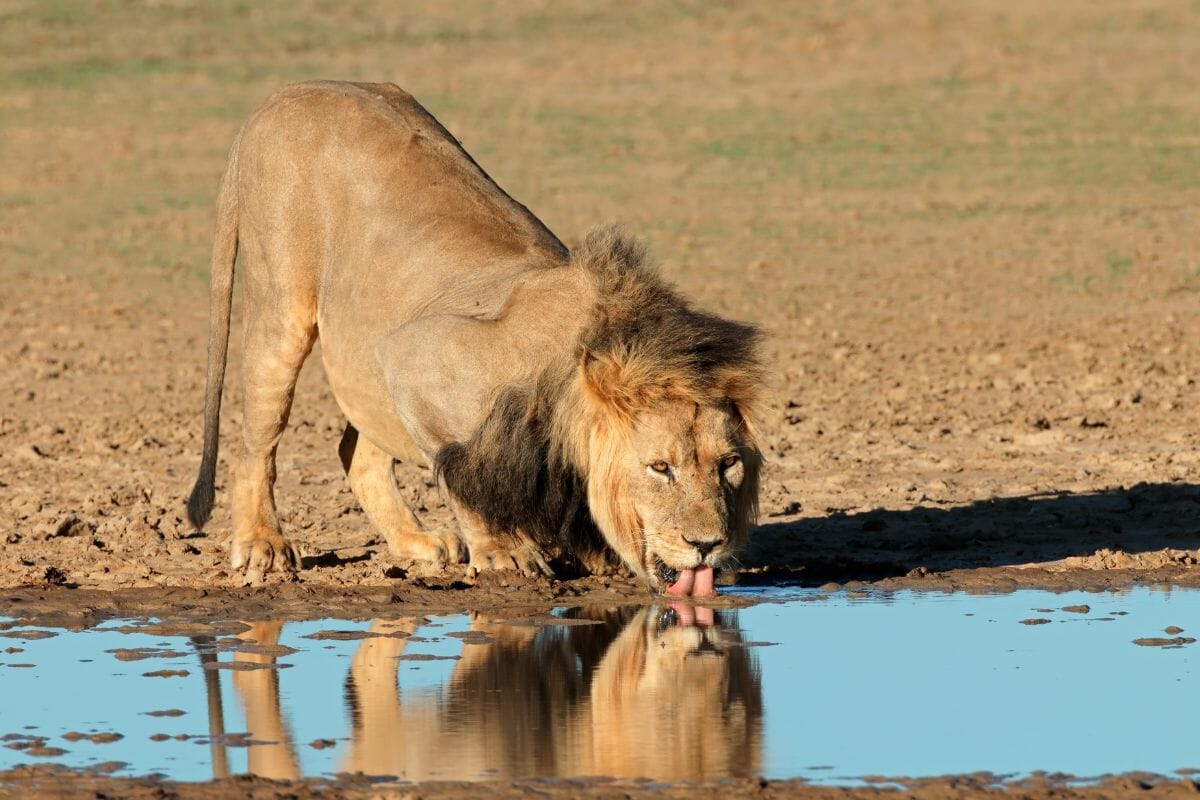
The African lion is typically what one calls to mind when speaking of lions and is an iconic symbol of Africa.
Males can grow between 8.5-10.8 feet in length and females are capable of growing to 7.8-8.8 feet.
These measurements don’t include the tail which adds another 3 feet.
Males can weigh around 550 lbs and females can weigh almost 400 lbs.
Asian Lion

Found almost exclusively in Gir National Park in Gujarat state, the Asiatic lion is smaller than its African counterpart.
Males will grow no more than 9.5 feet excluding their tails and typically weigh 419 pounds.
They are also distinguished from African lions by the less luxuriant mane which exposes their ears.
Asian lions also have a fold of skin along the length of their belly, a feature African lions don’t have.
So although Northern lions encompass both North, Central and West African lions and Asian lions there are clearly physical differences between them despite their shared genetic heritage.
Complexity Of Lion Types
All types of lion will belong to either the Northern or Southern classification of lion according to their genealogy, but there are many sub populations or clades.
White Lions
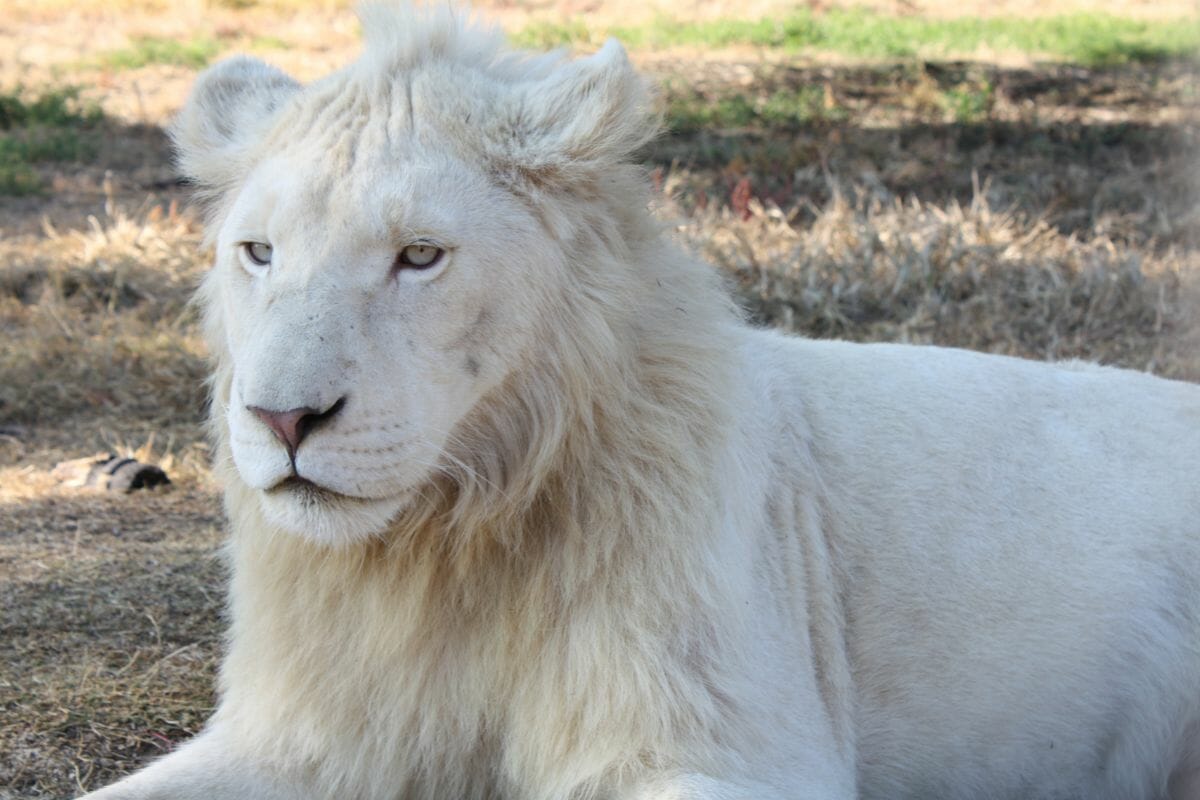
Despite theories about white lions being tawny lions suffering from albinism the White lion is actually the result of something called leucism which is a genetic mutation.
The recessive gene that causes this condition has only been found in lions in South Africa.
Barbary Lions
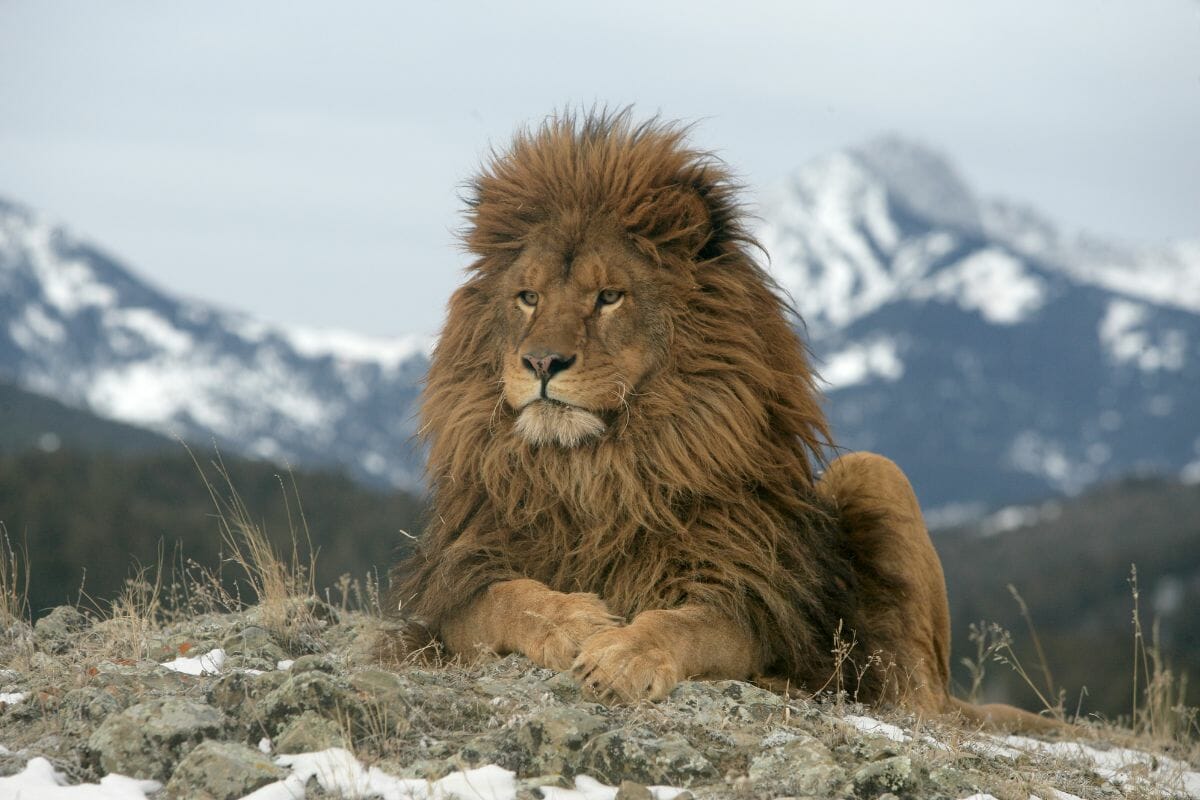
Barbary lions once lived in North Africa and were considered a subspecies of lion.
They had several names including Atlas lions, Nubian lions, and Berber lions.
There are no known Barbary lions left in the wild and only about 100 exist in captivity.
Geographical Distinctions
The West African or Senegal lion is actually a Northern lion under the new classification of lions, as it lives in the west of the country.
It is one of the smallest of the sub-populations or clades of lions and is critically endangered.
The last remaining population of these lions are protected in the 3,513 square mile Niokolo-Koba National Park in Senegal.
This park is about ten times the size of New York City. Grants and funding provides for anti poaching efforts and lion conservation there.
The Masai lion or East African lion belongs to the Southern lion lineage and is found in Ethiopia, Kenya, Mozambique, and Tanzania.
These lions have longer legs and less curved backs than other types and males have a little tuft of hair at the knee joint.
In addition the manes of the Masai lion males appear to have been combed backwards and the younger males have less luxurious manes.
Adult males are between 8.2 – 9.8 feet and females between 7.5 – 8.5 feet.
The Southeast African lion also known as the Transvaal or Kalahari lion is also now classed as a Southern line sub-population.
It has significant numbers in the Kruger National Park in South Africa and Swaziland’s Hlane Royal National Park.
The males have a well developed black mane, range between 8.5 – 10.5 feet in length and typically weigh between 330-440 pounds.
Final Thoughts
The reclassification of lion subspecies was an important step in understanding the species as a whole.
But if we are to keep the existing population of lions across both the Northern and Southern lineages, lion conservation needs to be at the forefront of everybody’s mind.
We hope you have found our guide to lion types helpful.
- What Should I Do If A Koala Bites Me? Safety Guide - 2024-05-30
- Are Kangaroos Born Without Hind Legs? A Fascinating Journey - 2024-05-30
- Animals That Look Like Squirrels - 2024-05-30


